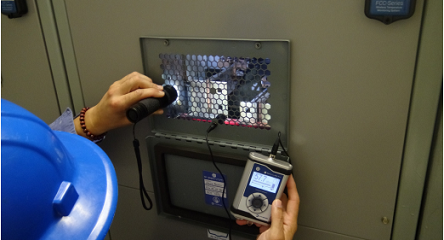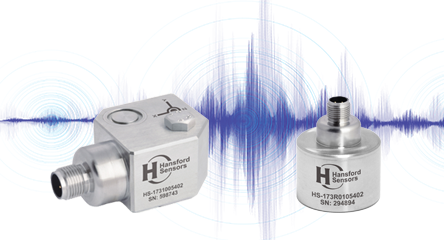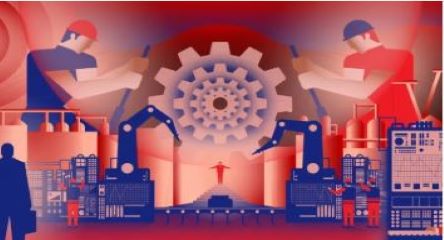
This discussion will center on the importance of fabrication/repairs, installation and startup practices. It’s difficult to overstate the essential nature of the standards, procedures and practices in this area for the reliability of a given plant.
For example, a large chemical company reported that you’re 7-17 times more likely to introduce defects during startup than normal operation; a large oil refining company reported that incidents are 10 times more likely during startup; the chemical industry reported process safety incidents are 5 times more likely during startup; 56% of forced outages in power stations occur < 1 week after a maintenance shutdown; 92% of rotating machinery is reported to have defects at startup that result in premature failure. All this suggests that most companies are not doing a good job repairing, installing, starting up and commissioning their processes.
Moreover this data is only reinforced when you review the RCM failure curves, in which some 67% of equipment across an array of industries follow the infant mortality failure curve, that is, most failures and defects occur during the initial period of operation, shortly after startup.
Given the data is overwhelming, companies need to pay much more attention to rigorous standards, procedures, and practices for installation and startup, including repairs and fabrication. This will necessarily require quality build procedures, standards and procedures for balancing, alignment, lube oil, and of course strict adherence to detailed startup procedures, all this to minimize the risk of defects that shorten the life of the equipment, or cause outright failure at startup.
Creating Installation Standards – What are the expectations between the equipment owner and those tasked with installing the equipment?
Why your maintenance organization must be actively involved in overseeing installation of new assets.
- Seeing equipment being installed, how it’s assembled greatly reduces the timeline the first time it needs to be disassembled for repair.
- Are flanged connections true?
- Are precision alignment techniques being used?
- Are maintainability issues being considered?
- Are torque wrenches being used?
- Are the proper materials being used?
- Is equipment being properly labeled?
- Accessibility for operations and LOTO
Trip hazards and head knockers
Ron and Doug will be discussing all of this in this session.
We hope you enjoy this episode!






